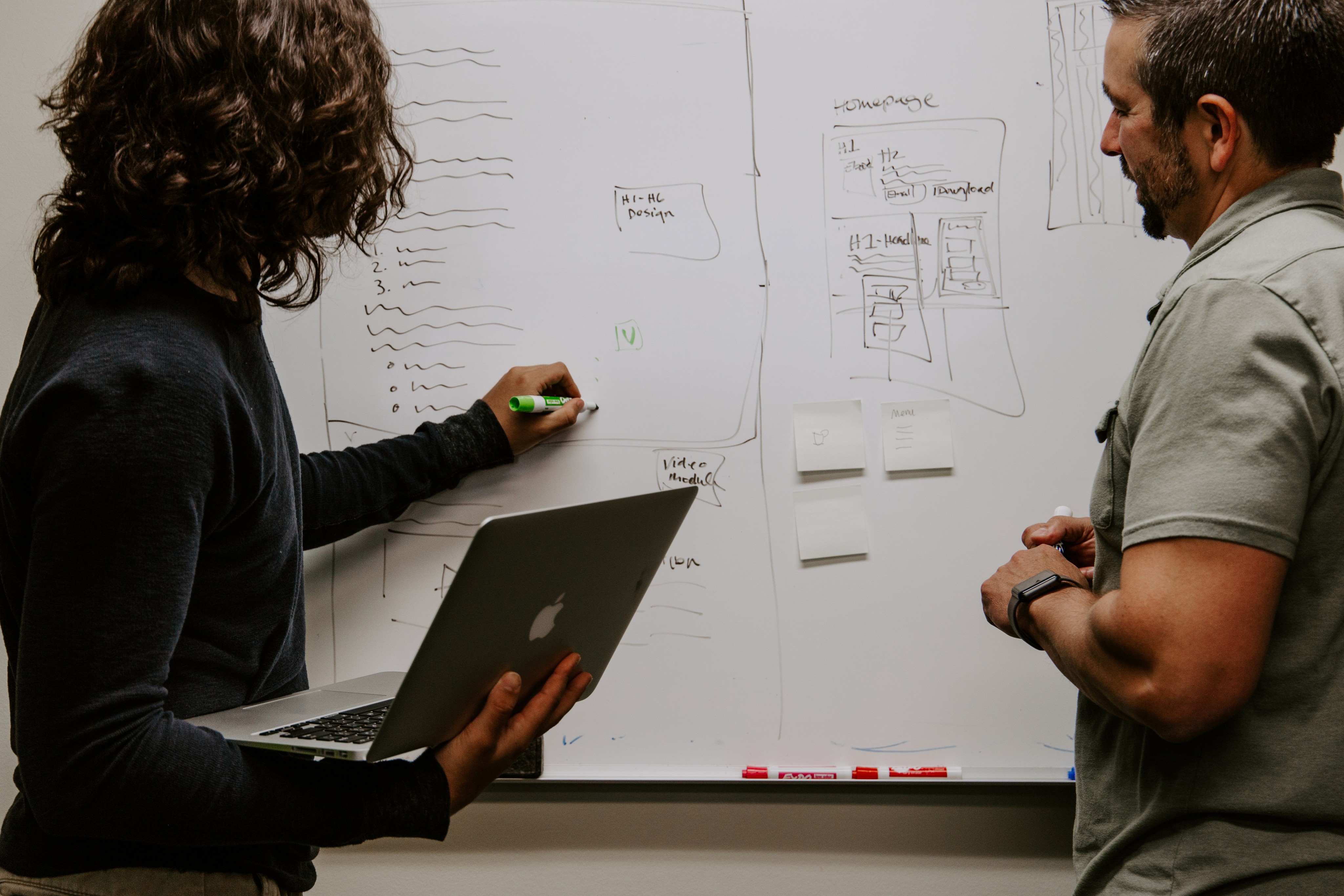
The graphic design community is constantly changing. This is one of the reasons why I enjoy it; there's always something new to learn and explore. This means you need to be adaptable and keep up with the latest trends and software. However, over the years, the role has expanded to not only keeping up to date for your work but also helping others to explore their creative talents and create their assets.
The choice of technology matters
This doesn't mean teaching everyone to be a graphic designer, but these days there are many tools enabling people to make professional content with minimal training. Something to be careful of here is over-reliance on traditional, professional-grade solutions like Adobe’s suite of products. I'm very comfortable with them and enjoy using them daily, but not everyone has the time to learn these more complex tools.
A good example of this is the Industry Analyst Team I support at our sister company Freeform Dynamics. They’re technical gurus, but when it comes to Illustrator, InDesign, etc., they just don’t have the same experience with the software that I do, and they’re busy on other projects, so finding software that works for them is key in helping them be more self-sufficient.
That’s when we discovered Affinity Suite. It’s more accessible but still offers a lot of the same capabilities as Adobe. With the right templates, colour palettes, and a few simple guidelines, they can create quality assets without needing as much assistance from me. There is also a financial bonus too, as Affinity is much more budget-friendly than Adobe, so it’s a great fit for bigger teams who aren’t as focused on all creative aspects.
But tools like Affinity aren’t the only ones out there. There are even simpler and more affordable tools out there such as Canva, Visme, and even standard software from Apple like Keynote and Pages which we use at Freeform Dynamics. These platforms make it easier for non-specialists to get involved in the creative process without feeling overwhelmed, even more so if you, again, set them up with the right themes and templates.
People as well as tools
You might have heard terms such as the ‘democratisation of creativity’, used by companies selling creative tools that enable a DIY approach, and as a part of this AI is popping up in all sorts of places. But for me, it’s less about the technology and more about setting the stage for others to be creative.
As a graphic designer, I don't think I'm the only one keeping an eye on how to stay relevant. Part of this isn’t just focusing on how you can become a better creator, but also how you can enable others to do the same. Sometimes, that means being willing to adapt your toolkit to meet their needs, not your own.



